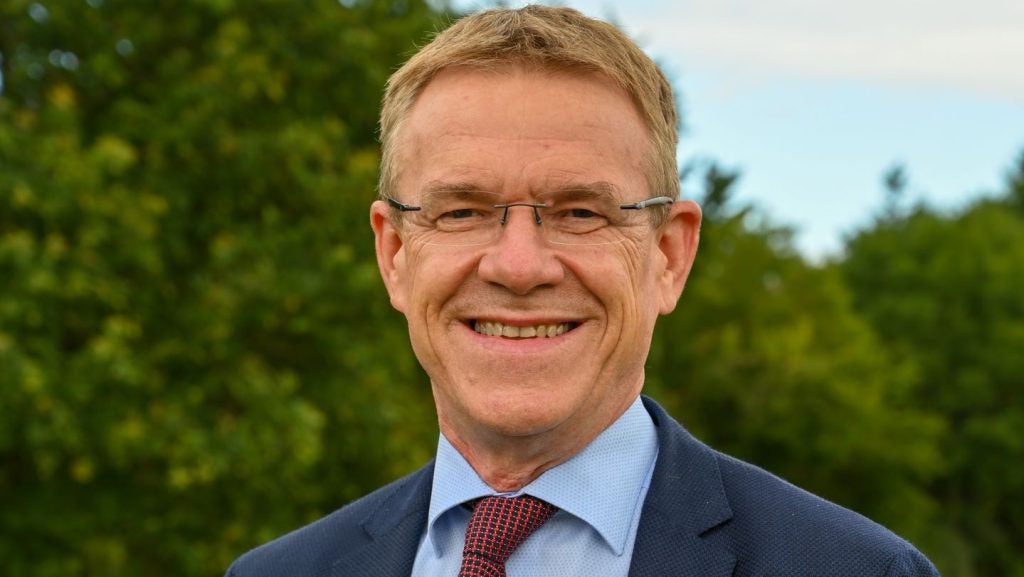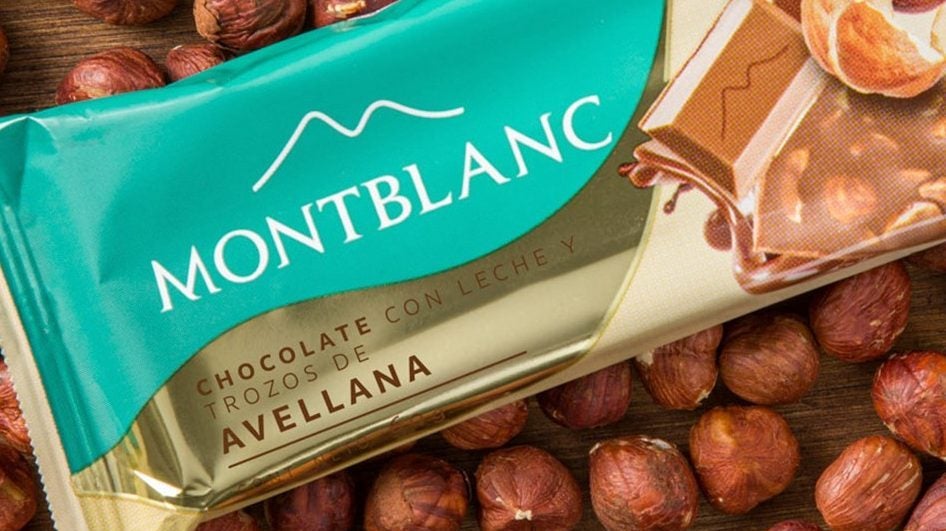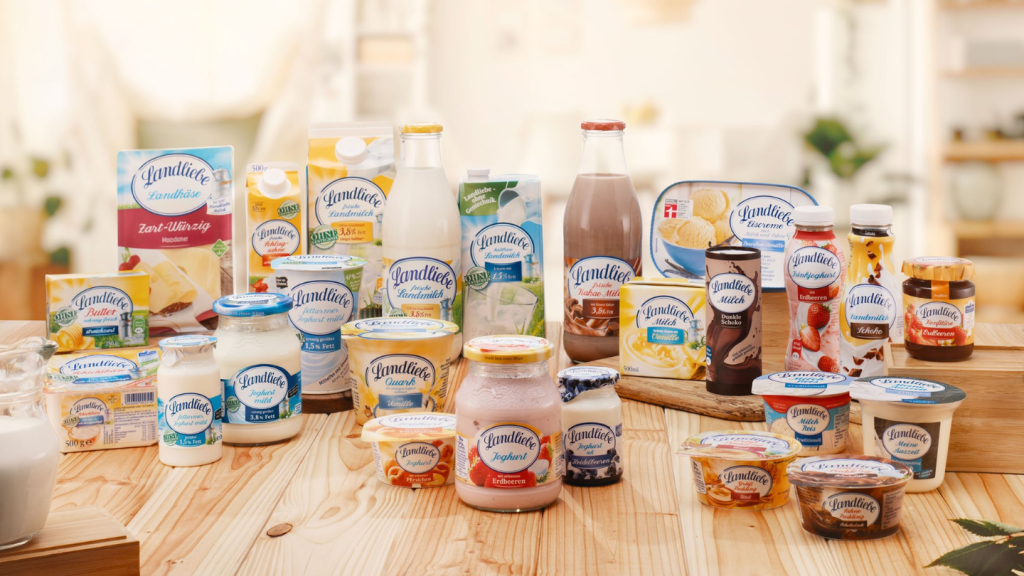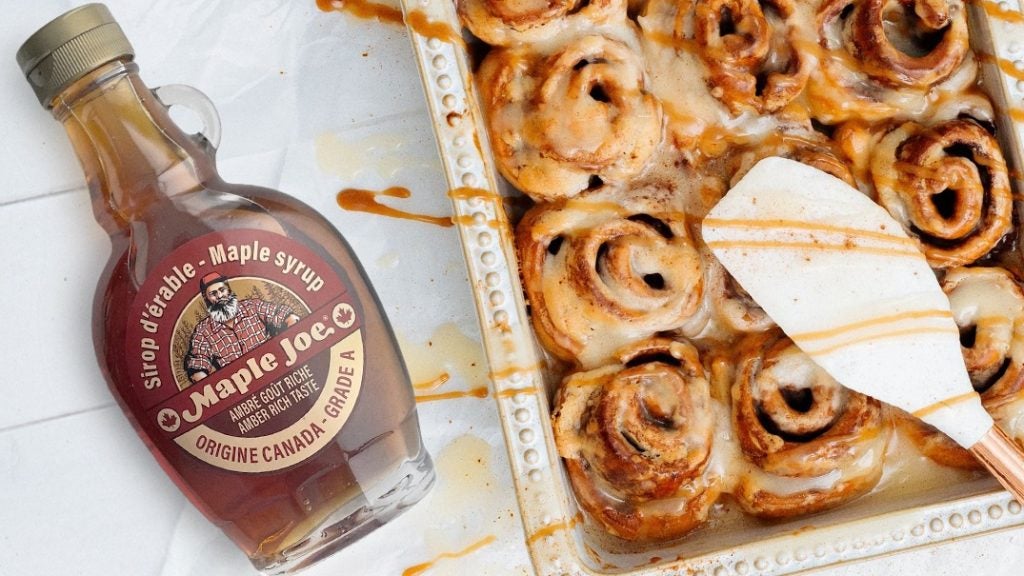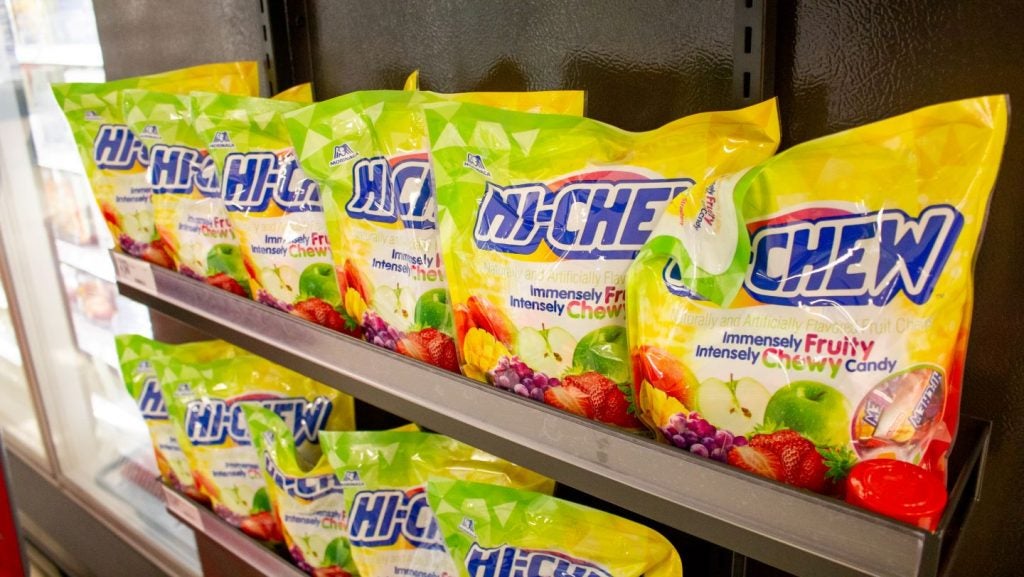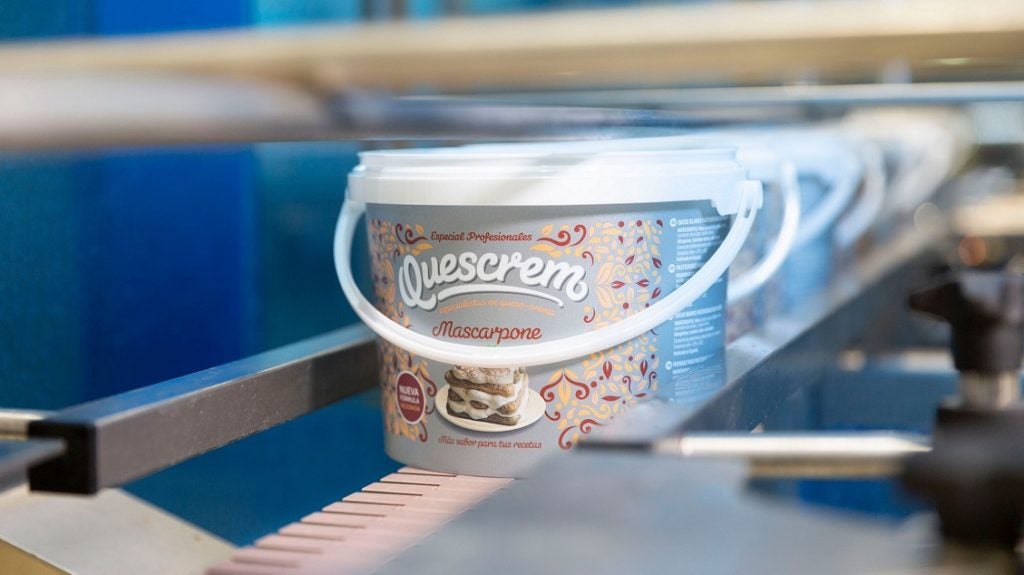The past couple of years have been an acquisition-intensive period for French food major Lambert Dodard Chancereul (LDC). In 2022, the company made moves to snap up two egg businesses from local agri-food company Avril – Matines and Ovoteam. The following year, the Maître Coq brand owner entered talks to buy the Polish turkey company Indykpol.
At the end of May this year, LDC began negotiations to acquire the local salads and tabbouleh producer Pierre Martinet and, just last month, it also announced plans to buy the Polish ready meals producer Konspol, snapping up both the brand and factory from Cargill.
Following the release of its fiscal first-quarter results earlier this month, LDC made clear its aim of “returning back to normalised activity” focusing on a “strategy of conquest for sovereign French poultry”. For the period ended 31 May 2024, LDC booked flat consolidated revenue growth of 0.2% to at €1.5bn ($1.63bn). At a constant exchange rate, turnover dropped 3.8% to €1.4m. For the full fiscal year, the Marie frozen ready meals maker is looking to achieve €6.5bn in turnover, and operating margins of 5%.
Just Food sat down with LDC’s CEO, Philippe Gélin, to discuss the company’s growth strategy, M&A plans and consumer confidence.
Fiona Holland (FH): What are LDC’s key growth goals for the year ahead?
Philippe Gélin (PH): Now, based on the first quarter announcement… in France, we are focused on growth in volume. Why? Because if we consider [the] 2023 first quarter, [there were] still avian flu outbreaks, so our volume decreased significantly and our target is to recover the former volumes as soon as possible. We are focus[ing] the execution in shops. We agreed at the highest level with retailers but now we need to execute this agreement in each shop, tied to our sales team. The target is to recover as soon as possible our former volumes in France.
We had some [avian flu] outbreaks, through 2022 and [the] beginning of 2023, and during these outbreaks, the main [affected species were] our smallest species, guinea fowl, ducks, quails, even turkey... Our conditions decreased and decreased so much because the region of the avian flu was a big [duck region] mainly. We are coming back to the normal level of production. During this period of outbreaks… we had some very big difficulties [around supplying] the shops, and we need to come back to each shop… and explain to the manager that he can have the possibility to order turkey, duck, guinea fowl, quail… [It also affected] out-of-home consumption. Because we were not able to deliver during the period to some restaurants, they took off some lines of poultry products on the menu, so our target is to come back also in this area.
What is also important to know is that the [consumption] growth in France… for broiler chicken is almost 8%, so it is good news. That means that the demand is high. During this outbreak, because the consumption was still at the highest high level, it was +4% for the global poultry figures.
Because of the outbreak, we were not able to deliver and to supply everything. In that period, it was imports which compensate[d] what we were not able to produce. We can say that imports [caused] the lower production but, in fact, it is contrary because imports [are] also an opportunity for us because consumption continues to increase… It is an opportunity for us to recover our former volumes and to bargain and to fight against imports.
FH: Where did most of these imports come from?
PG: It was mainly from other countries in Europe… Belgium, Netherlands, Germany, even in some cases, Spain… the south-west part of France… In [the on-trade], it is mainly frozen goods which can come from Europe. But, also, when it is from certain countries, Ukraine, Brazil, Thailand, we don't know exactly [the] volumes, because it is mainly raw product… after processing [the product’s] origin become[s] the last country of processing and not the real country of origin. If it is Brazil, once it is processed in Europe, it becomes a European product… we don't know exactly… the final destination of these countries’ imports.
FH: How does LDC plan to prevent future influenza outbreaks from impacting volumes again?
PG: The first way of preventing new outbreaks is biosecurity. We decided from 1 October 2023 to vaccinate all the production and, after last winter, we considered that it is efficient. It is expensive but it is efficient. The total cost was taken into account at 85% by the government, 15% by the poultry sector. We are still now bargaining with our government, maybe with a new one, to define what will be the next rules for the next year, which will start on 1 October 2024.
FH: To hit LDC’s revenue growth targets for 2024-2025, would you consider moving away from commoditised poultry and focusing more on the convenience segment?
PG: We need to increase our competitiveness in the commodities... that's why we invest in some capex to optimise and to modify our organisation to specialise our slaughterhouses, to be more competitive. In the poultry activity, the good thing is [for] the convenience and the further processed products the demand is still considerable and still high. The trend is a good one and, for the long term, we are confident about this trend. We are working on two positive trends, plus poultry meat which [grew globally] 4% last year in the consumption, but if we consider this growth since 2000 to 2023, it is +36% for each consumer for each year [in France].
Poultry is the only meat which is still growing in the long term in France
It is the only meat which is still growing in the long term, compared to pig meat… beef meat and calf, and lamb meat, which decreases constantly a lot. We are working with meat which is more competitive but without any religious constraint. We can eat poultry meat, poultry cold cuts, from breakfast to dinner and, in France, poultry… is still advised as a good meat for the younger generation in school.
And the further processed product trends… our citizens everywhere in France and also in Europe they are looking for more practical, more convenient product[s]… sandwiches, pizza, ready meals. A lot of people are saying that I can produce [meals] by myself. I do not believe [this], because we are losing more and more our availability. [Convenience and poultry] are the main trends and we are competing on these trends because of the younger generation's demand.
FH: Do you plan on boosting volumes in LDC’s international business next year?
PG: On the international side... the growth is almost 5% during the first quarter as well. Prices are decreasing as it is in France because you know… for the raw poultry products… our prices in France are connected to the Egalim law regulation where with our customers… regulations say that… 60% of the cost of a chicken is connected to the grain market… In Europe, it is not Egalim regulation, it is market demand, so it is a ratio between demand and offer. At the beginning of this year, prices went down for chicken but now the European market stays at a high level, and we succeeded to increase some prices to compensate these high labour prices, which are our day-to-day situation.
On other specialties market[s] as it is in duck and goose, [there] is a market demand also, but the market demand is contrary to the chicken one. Our prices are going down because it is necessary to decrease our prices to increase [sales] once again and to recover the duck consumption at the EU level… we need to reconsider our prices to recover our former volumes.
FH: How has consumer confidence affected the poultry category or any of LDC’s other categories? How do you expect this to pan out in the next year?
PG: I am positive on the consumer position. Why? Because the poultry meat is the cheapest one. For those who are looking for animal proteins… and the figures say that I am right, the consumers are looking for poultry and for more poultry. [At] the same time [they are] decreasing their consumption of beef for sure, lamb for sure, fish as well. Pork is still competitive, even if now the pork meat prices are very high. That's the situation and… we are confident that for the next months and next year poultry consumption will still be on the good trend.
FH: Besides your strongest market France, where else are you targeting for growth in the year ahead?
PG: Our strategy is first to strengthen the countries where we are. In Poland, we are in progress for two acquisitions, Indykpol and Konspol. In France, we continue to do some acquisitions, even if it is smaller, and it is mainly for the processed products… we are still looking for topics elsewhere in Europe but only in Europe… we consider still [the] UK as an EU country because we have a small subsidiary in Wales [which] is considered for us as a first step in this region because it is a considerable, big market for [over] 65 million citizens, and we consider this for the future. The poultry consumption is at a high level, and we [are developing] new ideas to propose to the market to continue to grow this poultry domestically. We are looking for some other countries, but I cannot speak more about it.
To acquire is the easiest thing to do. Integration is the most difficult one
FH: M&A has played an important part in LDC’s strategy lately. Is this expected to continue?
PG: We need to focus on organic growth, to recover our former volumes, former activity and to recover our market share as well.
For acquisitions, it is very easy to acquire and, after two or three good years, there are some opportunities. Numerous, maybe not, but there are some opportunities, and we cannot pay at the highest level, so we need to be selective, and we have some strong criteria on selection. [To] acquire is the easiest thing to do. Integration is the most difficult one. After [several] acquisition[s], we need to maybe slow down a little bit and concentrate on integration, because we identify some synergies and we need to implement these synergies… to recover or to reach profitability.
FH: Do you have any plans to invest further into specific areas of the business this year?
PG: We announced that, at the group level, our next capex program for 2024/2025 will be €355m against €280m last year. We have a dedicated programme to [improve] some facilities... whose name is Niagara… it is an internal name of [the] project. This Niagara project will hit four, even five, different plants to specialise these plants and to modernise, to increase our capacity, but also our efficiency [at] the same time.
FH: Will these be solely poultry plants in France?
PG: For sure… we will also develop some further processed product facilities, not developing new facilities but to expand existing one[s], because the volumes are going up and we need to follow our demand.
FH: In 2022 it was reported that LDC was looking to triple its volumes of plant-based products by 2026. What progress are you making in reaching this target?
PG: We announced in 2022 that the current volume was around 3,000 tonnes, €15m, and our target is to triple the volume and the target turnover was €60m. We will be a little bit late, but we made our investment [in] this category... French origin is very important… we want to be able to announce French origin also on these plant-based products. Because of this, we decided to invest in a specific processing plant. [It is] small, but it is the first step in our investment. We invested almost €7m on [it] and we started to make some trials the beginning of this year. We are now able to produce some raw materials for our subsidiaries.
The raw material, we need to know what is inside, without any additives, any [preservatives] as we produce for each brand in France (Marie, Le Gaulois, Maître Coq)… because [although] the local consumers are looking for that kind of product, they do not want to see a long list of ingredients.
We started to deliver… some final products to the R&D [team] and to propose to our customers, and we will be able to come back to this topic the beginning of 2025 with the new range, our new strategy. We are a little bit late, but maybe six months only because of some delay in the installation of our line.
FH: What sorts of products will you launch as part of the plant-based line?
PG: We already have almost all the processes, and so we are able to produce a large range of products, but we will have to choose which one and we prefer of course to launch the products which already have a large volume in the meat [segment]. We also need to focus in our mind [on offering] a complimentary range of products and not a range which is for substitution.
FH: Does LDC work in private label? If so, what percentage of private label makes up your annual revenues?
PG: On the retail activity it is 40% and 60% is our brands. We like to produce some private label; it is in our strategy. We are no Coca-Cola, so we consider that it is important for us to participate… and to know where [the market prices are].
FH: Do you think it plays an important part helping to support LDC and its growth?
PG: Our main target is brands... private label, 40% of the retail activity, it is [a] very important activity. We need to keep it in mind to develop this activity but never against our brands.


